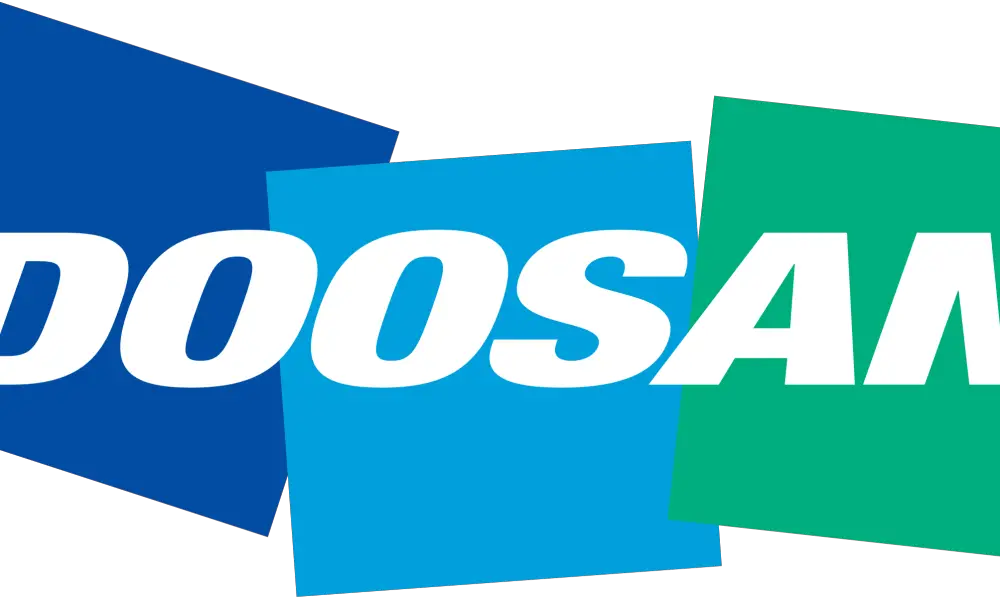Doosan is a global powerhouse known around the world for manufacturing heavy equipment, machine tools, and other industrial products. However, the company’s origins can be traced back over 130 years to Korea’s first iron plant. Since then, Doosan has undergone tremendous growth to become a technology leader across diverse industries through world-class engineering and global expansion.
In this blog post, we will explore Doosan’s rich history, examine its transformation into a multinational corporation, analyze its expansive product portfolio, and consider where its innovation trajectory is headed in shaping tomorrow’s industries.
Early Beginnings in Korea
Doosan’s roots date back to 1896 with the establishment of Seohan Iron Works during the Korean Empire. Starting as just a small iron foundry, Seohan pioneered Korea’s modernization by producing machinery and equipment to develop local industries and infrastructure.
In 1908, Seohan began producing Korea’s first domestic steam locomotives and other industrial equipment. This early success in establishing an industrial foothold in Korea paved the way for future expansion. After Japan’s annexation of Korea, Seohan rebranded as Chosun Iron Works in 1933 while continuing technology development.
Post-War Transformation and Global Ambitions
Following Korea’s liberation from Japanese rule, Chosun Iron underwent reorganization and a name change to Doosan in 1962 to represent new beginnings. Under South Korean industrialization plans, Doosan invested heavily in advancing its engineering capabilities.
Key milestones included producing Asia’s first crawler excavator in 1969 and establishing an electric equipment division specializing in switchgear in 1971. Doosan cemented itself as a flagship Korean company supporting nationwide infrastructure growth.
Looking overseas, Doosan began construction equipment exports to Middle Eastern markets in the 1970s. They expanded operations abroad through a Europe-focused subsidiary founded in 1978. These early forays set the stage for Doosan’s transformation into a global player.
Building a Multinational Business
Over subsequent decades, Doosan steadily built manufacturing and R&D facilities worldwide to extend its manufacturing footprint. Major developments included:
- Establishing the US subsidiary Doosan Infracore in 1986 and broke ground on an American plant in 1991.
- Entering the Chinese market in 1992 and rapidly localizing production to supply Asia’s growth.
- Acquiring German-based Wirth heavy equipment manufacturer in 2008.
- Expanding the Indian presence through local partnerships and a Pune factory inaugurated in 2017.
Today Doosan operates over 100 subsidiaries worldwide with approximately 25,000 employees spanning five continents. They consistently rank among Korea’s top exporters and largest companies by revenue.
Diverse Product Portfolio
Doosan’s evolution has seen the company diversify into an array of heavy industries to become a comprehensive industrial solutions provider:
- Construction Equipment: Excavators, wheel loaders, cranes, and other machinery power global infrastructure projects.
- Engine Systems: Developing engines for gensets, ships, excavators, and other applications.
- Material Handling Equipment: Gantry cranes, straddle carriers, forklifts serving logistics and ports.
- Machine Tools: Advanced CNC lathes, mills, and grinders for automotive and precision manufacturing.
- Air Solution: Commercial HVAC systems and compressors bring comfort and efficiency.
- Power Systems: Gas engines, turbines, and industrial compressors for power plants and LNG.
This broad portfolio of mechanical, power, and infrastructure equipment demonstrates Doosan’s engineering versatility in supporting economic development globally.
Fueling Innovation Through R&D
Continuous R&D investment has allowed Doosan to remain at the cutting edge of industrial technologies. They maintain seven global R&D centers including flagship campuses in Korea, the US, Germany, China, and India.
Sophisticated testing and prototype development facilities enable pioneering next-gen solutions such as fuel-flexible engines, hybrid and electric construction equipment, advanced robotics, digital manufacturing systems, and AI-empowered predictive maintenance software.
Partnerships with academic institutions worldwide aid in exploring breakthrough technologies like hydrogen fuel cells and 5G industrial applications. Doosan holds more than 6,000 domestic and international patents.
Shaping Future Mobility and Automation
Positioning itself at the forefront of Industry 4.0 megatrends, Doosan is well-placed to capitalize on revolutionary shifts across multiple industries:
- Advanced Vehicles: Research into autonomous haulers and next-gen excavator controls point towards the mining and infrastructure projects of tomorrow.
- Intelligent Equipment: Cyber-physical equipment powered by IoT/AI brings new levels of autonomy, insight, and process optimization.
- Clean Power: As emissions regulations tighten, Doosan natural gas and fuel-flexible technologies become increasingly vital.
- Smart Factories: Integrated end-to-end manufacturing solutions utilizing robotics, M2M connectivity, and advanced data analytics.
With technology leadership, multinational scale, and solutions spanning industrial segments, Doosan appears poised to stay at the forefront of defining future automation, sustainability, and advanced manufacturing worldwide.
Conclusion
Over a century-long journey, Doosan has grown from humble origins in colonial Korea into a trillion-dollar global conglomerate employing cutting-edge engineering. By diligently developing next-generation solutions through international expansion and ongoing R&D, Doosan will likely remain an invaluable partner enabling industrial progress and infrastructure development worldwide for many years to come. Their story embodies Korea’s ascension as a technological powerhouse building the industries of tomorrow.
About Author
- “Career Corners: Hot Industries for Jobs in the United States”
- Apply Now – Tailoring Jobs in Canada with free Visa and Application
- 11 Best Canada MBA Scholarships for International Students
- “Healthcare Careers: Jobs in the NHS and Beyond”
- Available Visa Sponsorship Caregiver Jobs in UK 2024 – Top Sponsorship Companies
- “Canada on a Budget: Affordable Travel Tips”
- “From Skilled Worker to Permanent Resident: Canada’s Express Entry System”
- “H1-B Visa Guide: Navigating the US Work Immigration Process”

